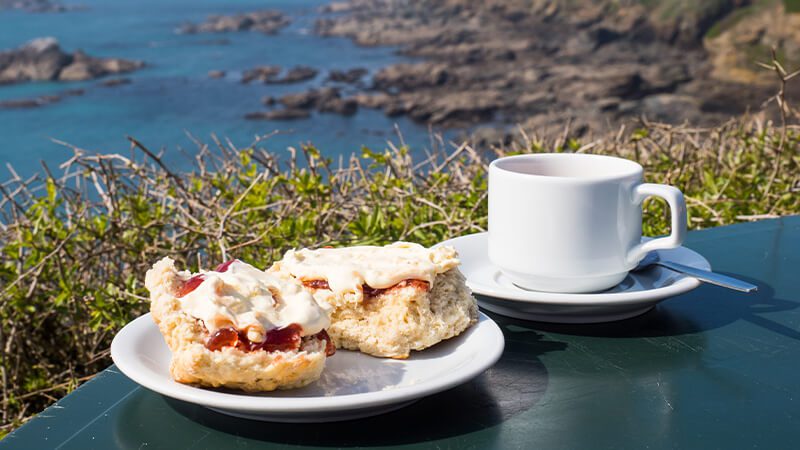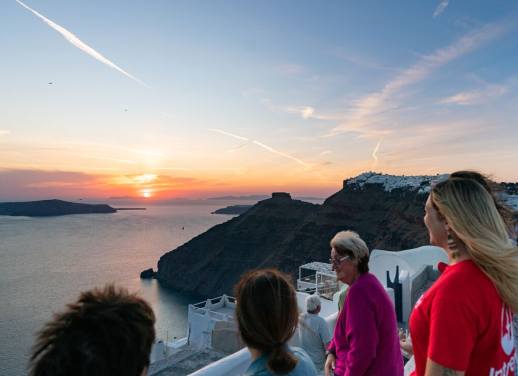Both counties boast some of the UK’s best beaches, have fantastic landscapes and serve up a cracking cream tea. But the question is, where should you go for your next adventure?
If you’re struggling to choose where to go for your next UK trip, we don’t blame you. Devon and Cornwall are the West Country’s crown jewels. From foraging for fossils on Devon’s Jurassic Coast to soaking up the salty sea air on Cornwall’s dramatic cliff paths, both destinations are full of natural beauty, steeped in history and offer loads of outdoor activities to boot. Fear not. We’ve put together this guide to make the decision a bit easier.
Beaches
Devon is the only place in England that has two separate coastlines. The north coast is wild and windswept with some brilliant walks, cycling trails and epic surf breaks, while the south is home to a section of the stunning Jurassic Coast – 95 miles of soul-stirring rock formations, beautiful beaches and thousands of years of history. Where else can you surf, sunbathe and forage for fossils on the same day?
It comes as no surprise Cornwall is the most popular beach holiday destination in the UK. From tropical-like coves such as Porthcurno and Lantic Bay to buzzing seaside towns like Newquay and St Ives – if you want beaches, Cornwall doesn’t disappoint. It also has some of the best surf in the country thanks to Atlantic swell, and surfers flock from near and far to catch a wave. If you’re planning a summer trip, it’s worth checking out the annual Boardmasters Festival – the UK’s biggest pro surf competition and music festival.
EXPLORE THE BEAUTY OF CORNWALL ON A WALKING TOUR
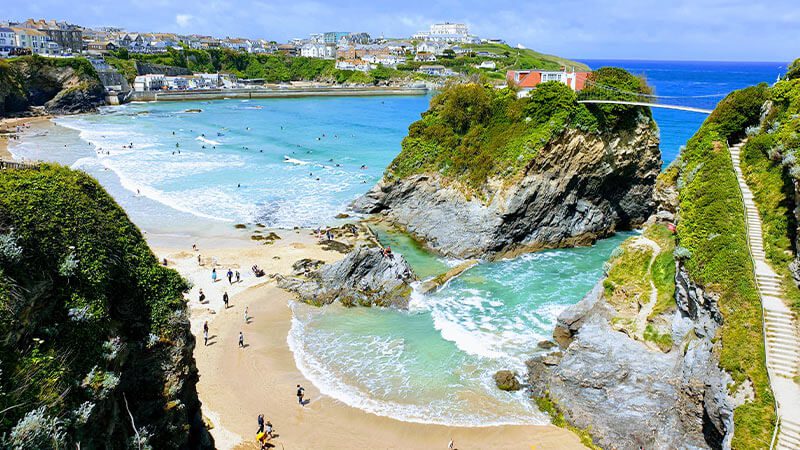
The verdict
This is a tough one, but the winner has to be Cornwall… but only just! With over 250 miles of coastline and 300 beaches to explore, Cornwall does beaches like nowhere else in the UK. Devon is a close runner-up with 120 beaches, and of course, the gorgeous Jurassic Coast.
The great outdoors
As well as great beaches, Devon has fantastic countryside, woodlands, moorlands and hills. From hiking, rambling and cycling to wild swimming in lakes and natural swimming pools, there’s plenty of opportunities to get your adventure fix. First and foremost, you’ve got Dartmoor National Park with its impressive tors (huge free-standing rock formations), ancient stone circles and hiking trails including High Willhays (the highest point in Southern England). Legend has it Dartmoor’s Hound Tor inspired one of the best known Sherlock Holmes novels, The Hound of the Baskervilles. The park is also one of England’s most impressive stargazing spots.
EXPLORE DARTMOOR NATIONAL PARK ON A HIKE, BIKE & KAYAK ADVENTURE
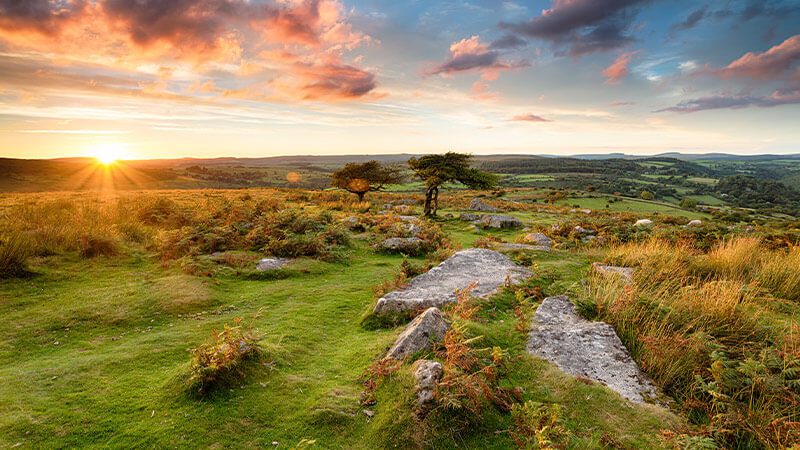
Cornwall’s Areas of Outstanding Natural Beauty take up a whopping 27% of the county. It’s more craggy than green with 422 miles of dramatic coastline, soaring cliffs and romantic coves hidden among the rocks. But it’s not all about the coast. Cornwall’s moorlands are littered with ancient stone circles, Neolithic burial chambers, castles and remnants of the county’s mining history. You can also explore the beautiful (but eerie) Bodmin Moor which is steeped in folklore and stories of paranormal activity. You wouldn’t suspect it on a sunny day, but when the mist rolls into the moorlands there’s definitely a spooky feeling in the air.

The verdict
If you prefer forests, hills and moorlands over the coast, go to Devon. If you’re more of a beach bum than a country bumpkin, Cornwall is a better shout. And if you’re 50/50, Devon offers the best of both worlds.
Pretty towns and villages
When it comes to quaint British beach towns, Cornwall is full of them. Many Cornish towns are built on the coast and ooze seaside charm. You’ve got the iconic St. Ives with its cobblestone streets, quirky galleries, cafes and postcard-perfect beaches. Then there’s the beautiful fishing village of Mousehole with its idyllic harbour, stone cottages and winding streets dotted with artist workshops, boutique shops and eateries. There’s also the delightful Gorren Haven, the old-world charm of Charleston and the lovely village of Sennen – the list goes on.
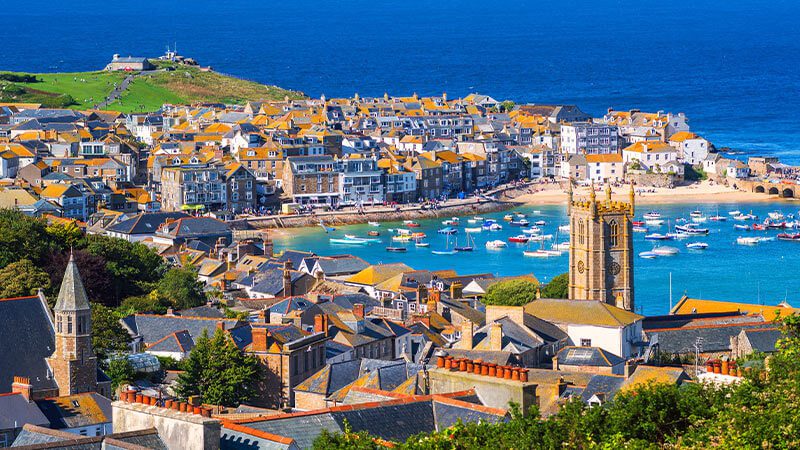
Devon’s seaside towns aren’t as famous as Cornwall’s, but there’s still plenty of them to explore. There’s the historic fishing village of Clovelly with its winding cobbled streets carved into a steep sea cliff. There’s also the oh-so Instaworthy Appledore, the romantic harbour town of Salcombe, the picturesque Dartmouth and the thriving Torquay. Devon also has many charming countryside villages like Cockington and Lustleigh with tree-lined rivers and thatched-roof cottages.
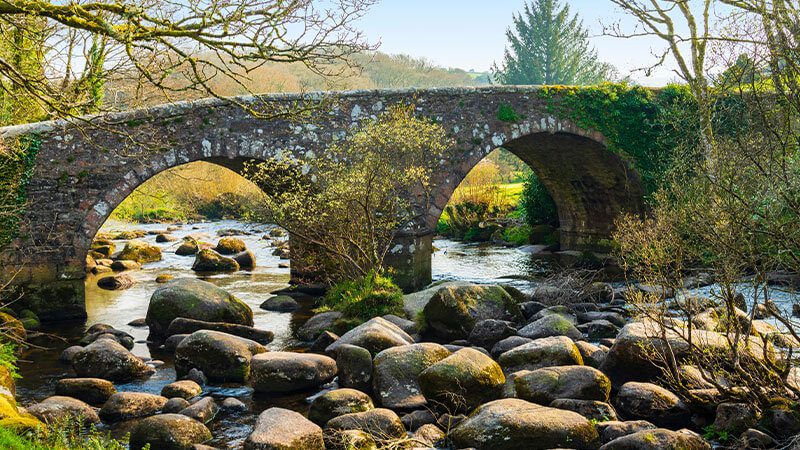
The verdict
This one’s a close call. Devon’s seaside towns are very pretty, but Cornwall takes the charm up an extra notch. If you’re looking for a rural adventure where you can walk in the countryside and eat pub grub in historical village pubs, Devon is a fantastic place to do that.
Food and drink
As coastal destinations, Devon and Cornwall serve up some of the best seafood in the UK. Delicious, locally caught seafood is on the menu at most restaurants. You’ll also find many beach-side takeaway joints selling good ol’ fish and chips.
Cornwall’s claim to fame is the beloved Cornish pasty – the savoury pastry of choice for many Britons. This buttery shortcrust pastry pocket is filled with hearty beef chunks, onion, potato, swede and gravy. The humble Cornish pasty was originally made for miners, fishers and farmers as a portable but filling lunch.
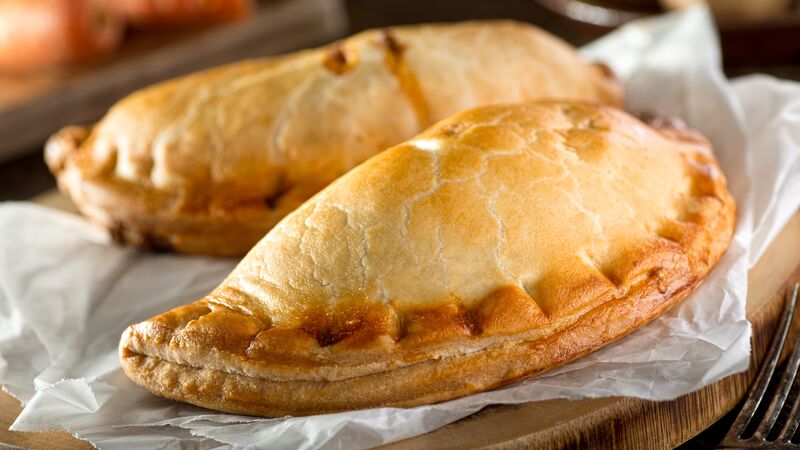
Devon is famous for its Ambrosia custard which is like a hug from the inside out. It’s also famous for cider, or what locals call ‘scrumpy’. Scrumpy is traditionally made with unselected apples (windfall fruit that didn’t make the cut for regular cider making) which is then fermented naturally. This traditional method produces a rougher-tasting and more alcoholic beverage.
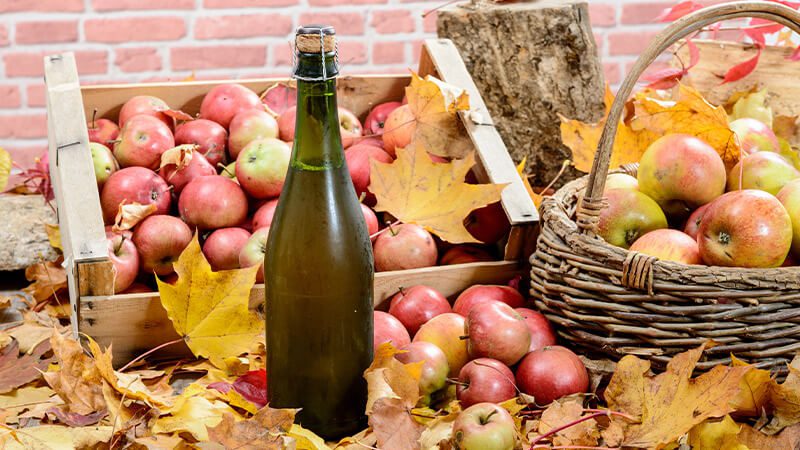
The verdict
Delicious seafood, pasties and cider are in abundance throughout the West Country, and your tastebuds will be satisfied wherever you go. But if you’re looking to eat the best Cornish pasty of your life, head to Cornwall.
Cream tea
Last but not least, we have the battle of the cream teas. Speak to locals from either county and you’ll get a figurative mouthful of why jam or cream goes first (FYI, Devonshire cream tea is a scone topped with cream and then jam, while the Cornish version is jam first, then cream). Trust us, this is a serious debate.
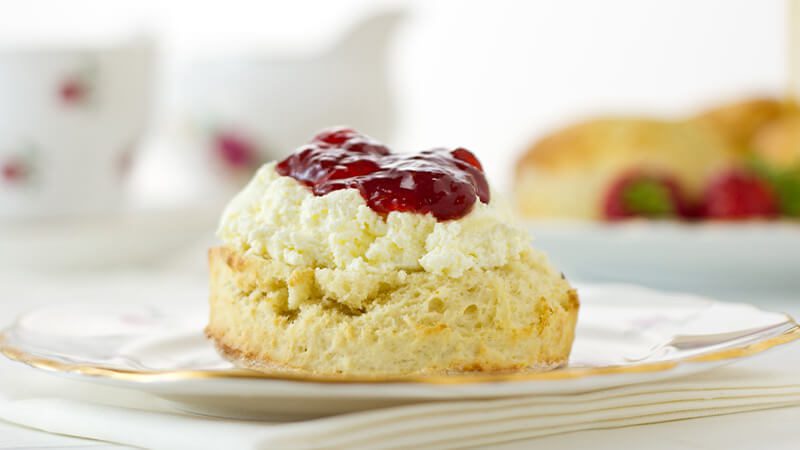
The verdict
Devonshire style, you can enjoy the tangy sweetness of the jam as soon as you take a bite. With Cornish cream tea, you can pile on the cream to your heart’s content. We’re going to have to let you make up your own mind on this one, but make sure you’re acquainted with the right cream-tea etiquette when visiting either county.

